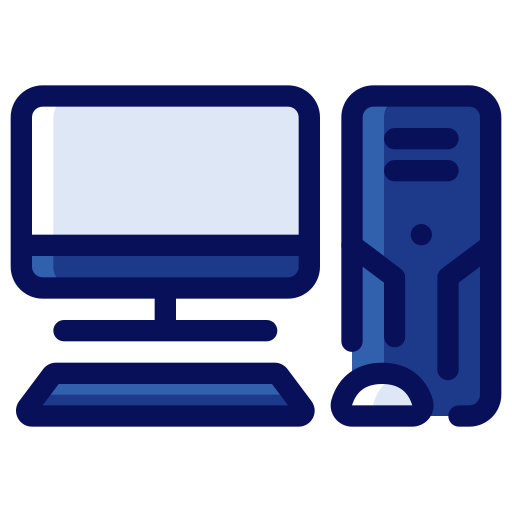

I know that, during my own move from Windows to Linux, I found that the USB drive tended to lag under heavy read/write operations. I did not experienced that with Linux directly loaded on a SATA SSD. I also had some issues dealing with my storage drive (NVMe SSD) still using an NTFS file system. Once I went full Linux and ext4, it’s been nothing but smooth sailing.
As @MagicShel@lemmy.zip pointed out, performance will depend heavily on the generation of USB device and port. I was using a USB 3.1 device and a USB 3.1 port (no idea on the generation). So, speeds were ok-ish. By comparison, SATA 2 can have a transfer rate of 2 GB/s. And while the SSD itself may not have saturated that bandwidth, it almost certainly blew the transfer rate of my USB device out of the water. When I later upgraded to an NVMe drive, things just got better.
Overall, load times from the USB drive is the one place I wouldn’t trust testing Linux on USB. It’s going to be slower and have lag compared to an SSD. Read/Write performance should be comparable to Windows. Though, taking the precaution of either dual booting or backing up your Windows install can certainly make sense to test things out.







Ultimately, it’s going to be down to your risk profile. What do you have on your machine which would wouldn’t want to lose or have released publicly? For many folks, we have things like pictures and personal documents which we would be rather upset about if they ended up ransomed. And sadly, ransomware exists for Linux. Lockbit, for example is known to have a Linux variant. And this is something which does not require root access to do damage. Most of the stuff you care about as a user exists in user space and is therefore susceptible to malware running in a user context.
The upshot is that due care can prevent a lot of malware. Don’t download pirated software, don’t run random scripts/binaries you find on the internet, watch for scam sites trying to convince you to paste random bash commands into the console (Clickfix is after Linux now). But, people make mistakes and it’s entirely possible you’ll make one and get nailed. If you feel the need to pull stuff down from the internet regularly, you might want to have something running as a last line of defense.
That said, ClamAV is probably sufficient. It has a real-time scanning daemon and you can run regular, scheduled scans. For most home users, that’s enough. It won’t catch anything truly novel, but most people don’t get hit by the truly novel stuff. It’s more likely you’ll be browsing for porn/pirated movies and either get served a Clickfix/Fake AV page or you’ll get tricked into running a binary you thought was a movie. Most of these will be known attacks and should be caught by A/V. Of course, nothing is perfect. So, have good backups as well.